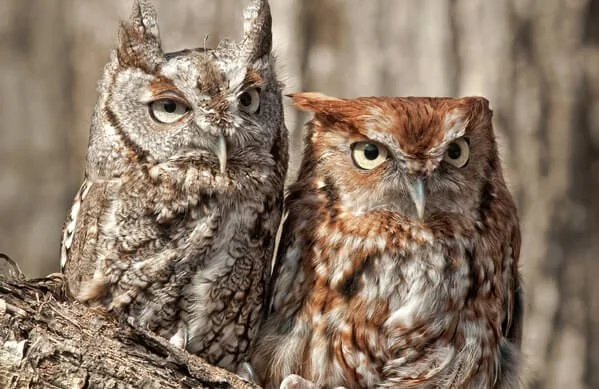Our Work,Their Future
Protecting Alabama’s Native Wildlife
Healing with Care
From Rescue to Release
Every animal we admit will receive individualized medical attention, nutrition, and recovery in safe enclosures. Our trained team will ensure each step — rescue, treatment, rehabilitation, and eventual release — is designed to give wildlife the best chance of survival in their natural habitats.
Growing with Our Community
As Quinn Wildlife Sanctuary grows, our vision extends beyond raptors to encompass the full diversity of Alabama’s native wildlife. Every expansion is designed with the needs of each species in mind—combining state-of-the-art veterinary care, trained staff, and a team of passionate volunteers. By focusing on native species, our rehabilitation efforts support the delicate balance of local ecosystems, allowing wildlife to thrive naturally while fostering community engagement and environmental stewardship.
Why Raptors First?
Guardians of Our Ecosystem
Raptors such as hawks, owls, kestrels, and eagles play a vital role in balancing prey populations and maintaining ecosystem health. Sadly, their populations suffer due to habitat loss, vehicle collisions, and human interference. We even find them poisoned from toxins found in rodent bait and from lead in hunting ammunition. These birds often suffer directly and indirectly from human actions, and we will provide specialized care, veterinary treatment, and safe rehabilitation so these apex birds can be safely released back into the wild. This program highlights our commitment to protecting Alabama's native raptors and ensuring their survival for generations to come.

Habitats that Heal
By creating and preserving native habitats, we provide food, shelter, and safe spaces for Alabama’s wildlife to thrive. These habitats not only help injured and orphaned animals recover but also support overall ecosystem health, fostering biodiversity and balance in the natural environment.
Red-tailed Hawk
Powerful hunters that control rodent populations and maintain ecosystem balance. Their adaptability across landscapes makes them one of the most common and vital raptors in North America.
Bald Eagle
Iconic apex predator that keeps fish populations healthy and inspires conservation. Once endangered, their recovery symbolizes the success of wildlife protection efforts.
Osprey
Specialized fish-eaters that indicate clean, thriving waterways. Their presence shows the importance of protecting rivers, lakes, and coastal habitats.
Barred Owl
Nocturnal hunters that control small mammal populations and enrich forest biodiversity. Their haunting calls echo through woodlands, adding to the mystery of the night.
Great Horned Owl
Stealthy apex predator helping maintain healthy rodent and bird populations. Known as the “tiger of the sky,” it thrives in diverse habitats across the Americas.
“Together, we can create a future where wildlife and humans thrive side by side.
By protecting habitats, rescuing injured animals, and educating our communities, we ensure that every species has the chance to flourish while people live in harmony with nature. Your support helps build a world where humans and wildlife coexist safely and sustainably for generations to come.”
Ecosystem & Native Plants
Supporting Wildlife Through Native Landscapes
By nurturing native landscapes, we create a sanctuary where wildlife can flourish and ecosystems remain healthy for generations to come.

Restoring Native Plants 🌿
Planting Alabama’s native species to support local wildlife, maintain ecosystem balance, and provide natural food sources.

Pollinator Gardens 🐝
Creating spaces for bees, butterflies, and other pollinators essential for plant reproduction and sustaining the food chain.

Safe Natural Landscapes 🦉
Designing habitats that provide shelter and protection for birds, mammals, and insects, helping wildlife thrive naturally.


